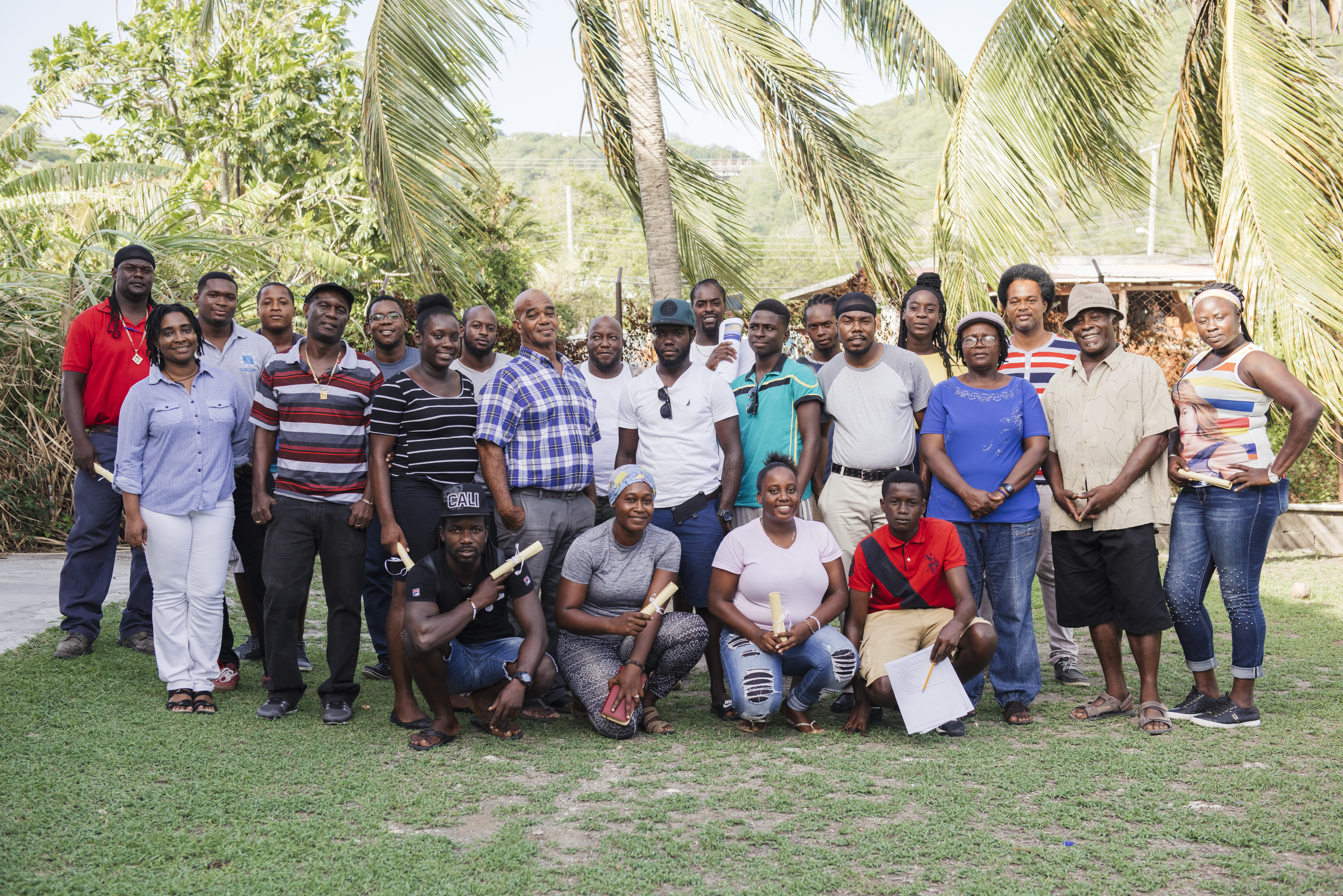Del análisis de políticas e instrumentos relevantes para la integración de humedales urbanos, se identificó como la principal herramienta de planificación de la gestión urbana los Planes o Programas Municipales de Desarrollo Urbano (PMDU).
Aunque las autoridades municipales no regulan las actividades que se realizan en los humedales, sí pueden darles el artículo 115 constitucional, formular los instrumentos de planeación territorial y autorizar y controlar los usos de suelo de los territorios adyacentes o lejanos a los humedales, que pueden generar impactos, directos o indirectos, sobre los humedales. En este sentido, los municipios pueden: i) formular instrumentos de planeación territorial, ii) autorizar y controlar los usos de suelo de los territorios adyacentes o lejanos a los humedales (por ejemplo, construcciones), iii) controlar las descargas de aguas residuales a los sistemas de drenaje o alcantarillado de los centros de población, iv) inspeccionar, vigilar y fiscalizar las descargas de agua residuales por uso doméstico y público urbano que carezcan o que no formen parte de un sistema de alcantarillado y saneamiento, v) implementar plantas de tratamiento de agua, vi) prevenir y controlar los efectos sobre el medio ambiente ocasionados por la generación, transporte, almacenamiento, manejo, tratamiento y disposición final de residuos sólidos e industriales no considerados como peligrosos, entre otros, que de manera directa o indirecta pueden tener impacto en la calidad y cantidad de los servicios ecosistémicos de los humedales, vii) establecer zonas de conservación ecológica municipal, entre otros. Por lo tanto, las autoridades municipales están directamente vinculadas al control y prevención de los impactos que afectan a los humedales (expansión de ciudades, contaminación, dragado, relleno, sedimentación, disminución del caudal de agua, entre otros).
La integración de los humedales en los PMDU es fundamental para controlar y prevenir los impactos a distancia o cercanía (bordes) que afectan los humedales y aprovechar de manera sostenible los servicios ecosistémicos que los humedales brinden.
Se realizó un análisis de los PMDU de los municipios de las tres regiones del proyecto BIOCITIS, y se evidenció que en el diagnostico reconocen en distinta medida, la importancia de los humedales urbanos y que los humedales urbanos son vulnerables a los elementos específicos de los metabolismos de las ciudades, como los cambios de uso de suelo, la gestión de aguas servidas y residuos sólidos, construcción de infraestructura y desarrollo inmobiliario y hotelero, salvo por contadas excepciones, la información entre los campos ambientales y de desarrollo está relacionada con un análisis de enfoque causa – efecto. Las estrategias de desarrollo planteados en los PDMU carecen de medidas concretas de control y prevención de las acciones de desarrollo que afectan la calidad de los humedales urbanos.
Luego del diagnóstico de la integración de humedales urbanos en PMDU se analizaron las metodologías y guías sobre el diseño de PMDU que ayudan a los responsables de formular instrumentos de planificación urbana del municipio, elaborando estos documentos. Al igual que en los PMDU, se evidenció que, en las guías los humedales son considerados como elementos en el diagnóstico, pero no en la fase prospectiva de las estrategias, proyectos y líneas de acción.
Como resultado del análisis, se generó una guía metodología para integrar humedales urbanos en los PMDU, para establecer orientaciones y pautas que faciliten la integración de estos humedales urbanos costeros, buscando potenciar la gestión urbana de estos ecosistemas. La guía se diseñó para tomadores de decisión municipal, personas que formulan PMDU (técnicos municipales y consultores), y para personas interesadas en integrar el valor y la importancia de los humedales urbanos costeros en este esfuerzo de planificación urbana.
Se divulgo el manual en webinar a un total de 25 personas, y se aprovecho el contenido del material para la incorporación de criterios para la conservación de humedales urbanos costeros dentro del reglamento de la ley de asentamientos humanos de Quintana Roo.
